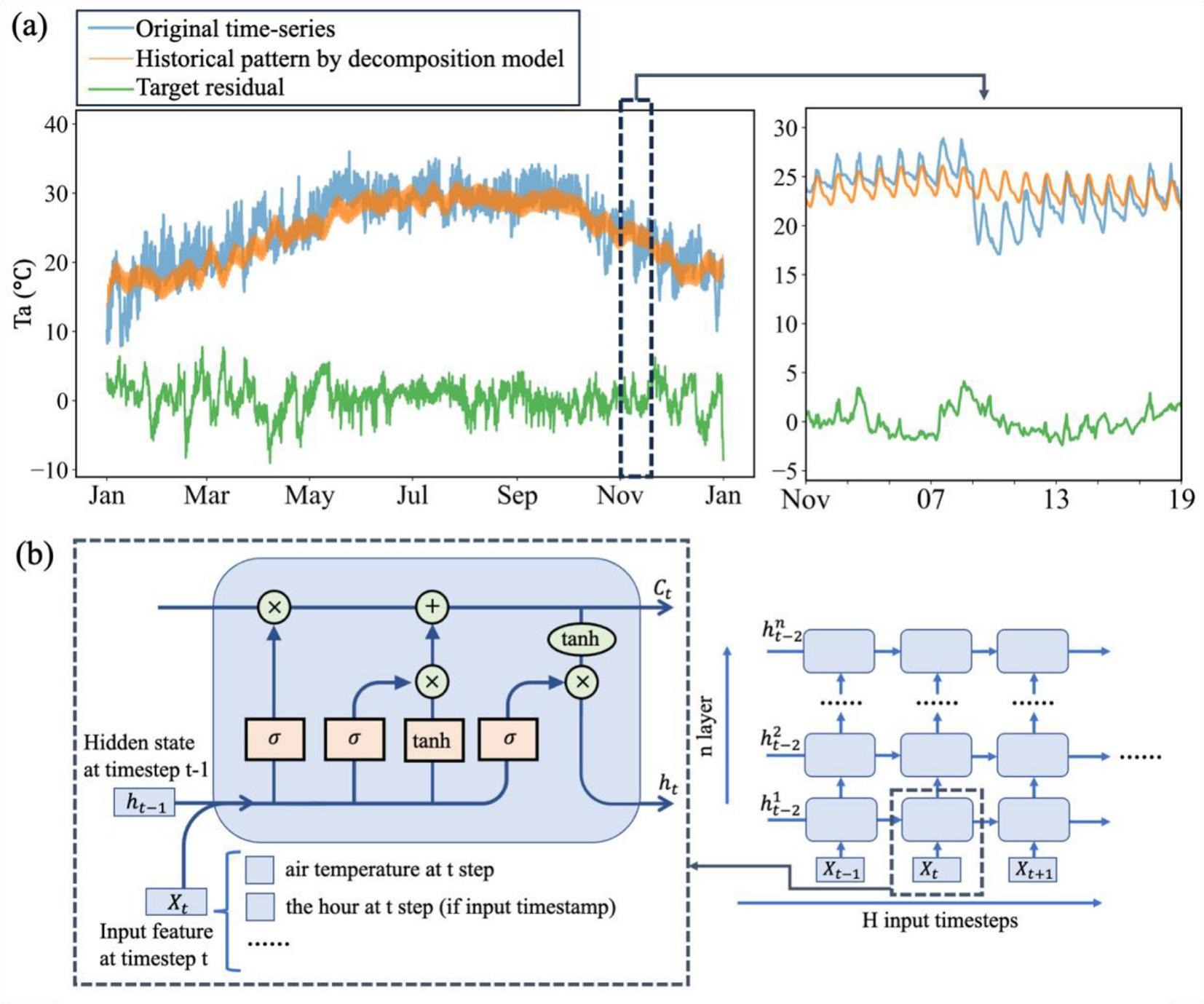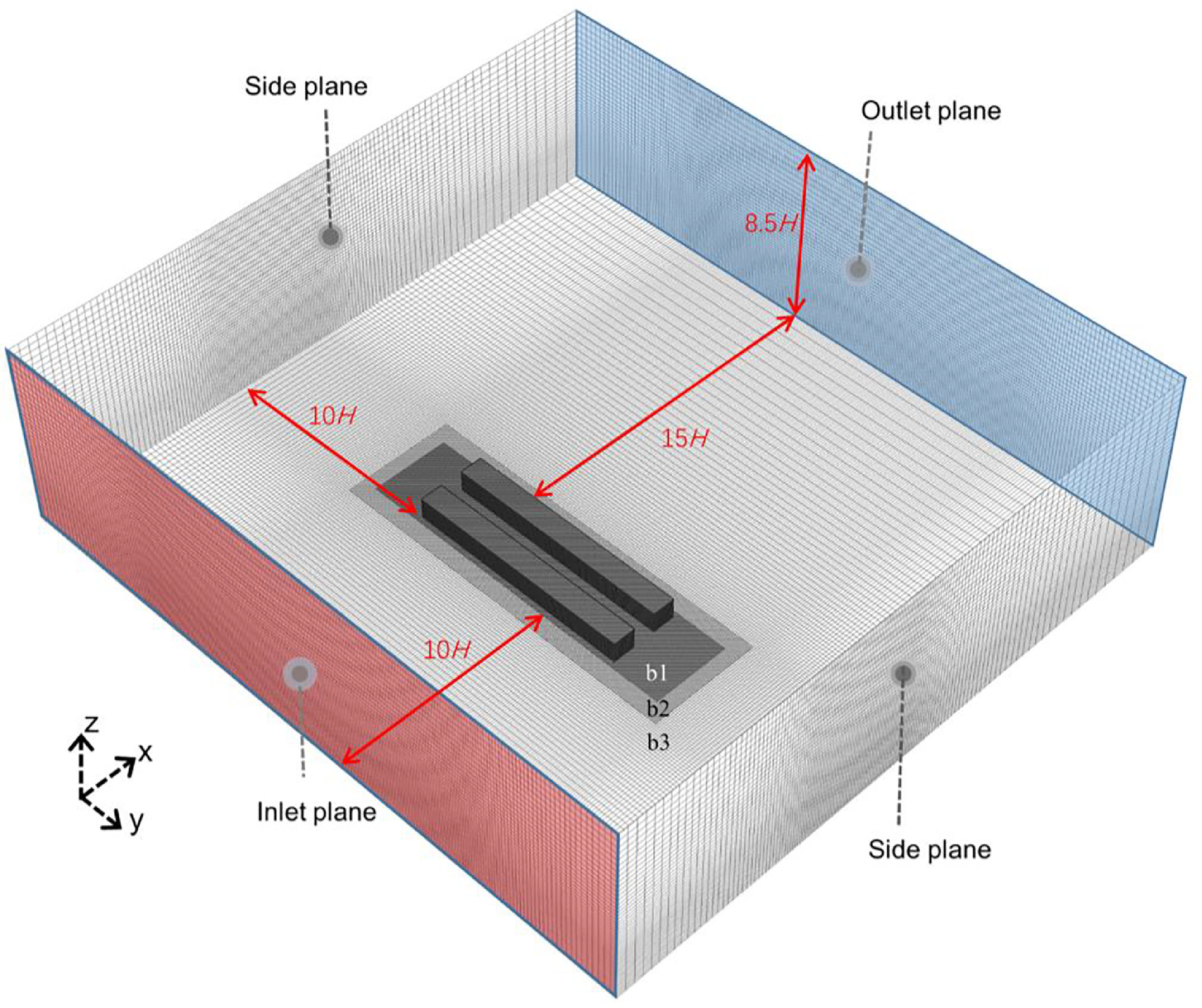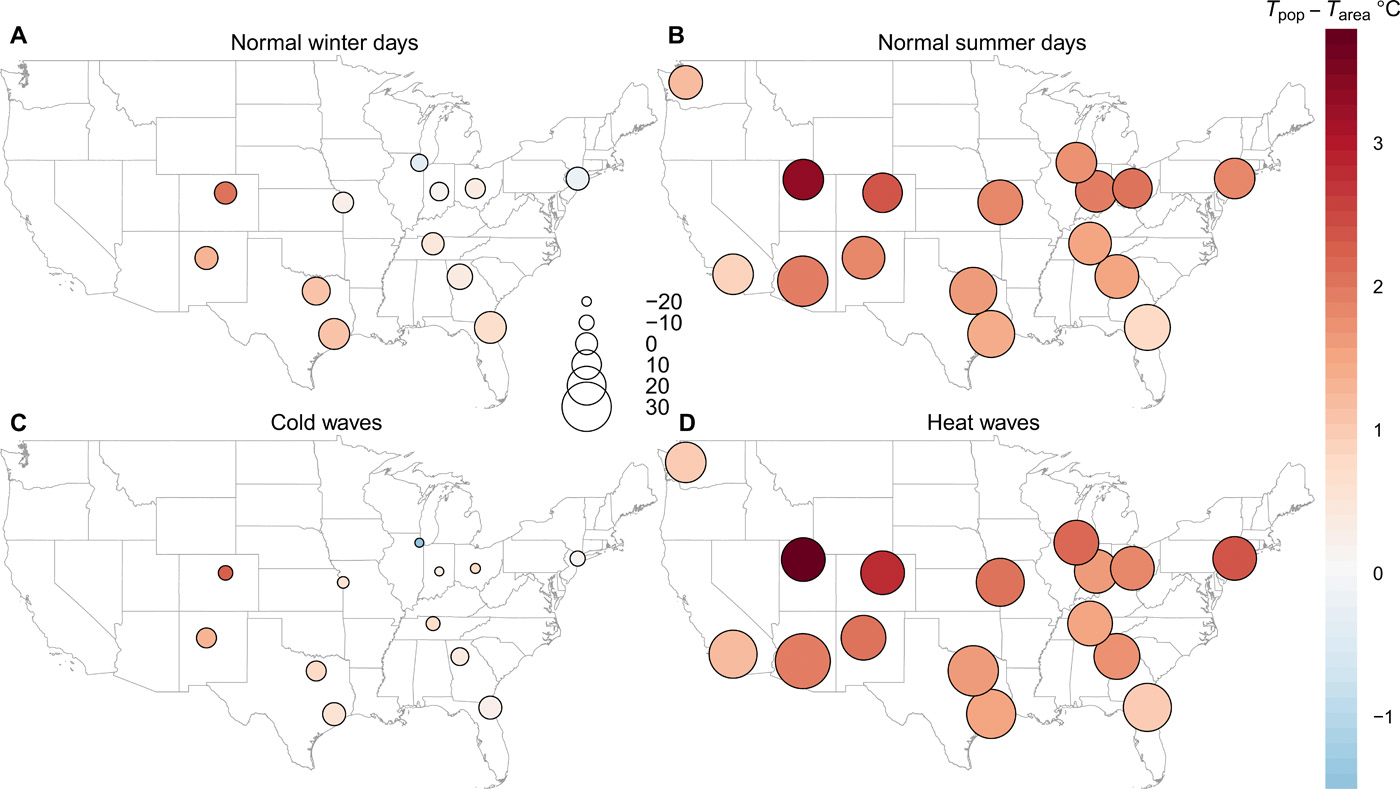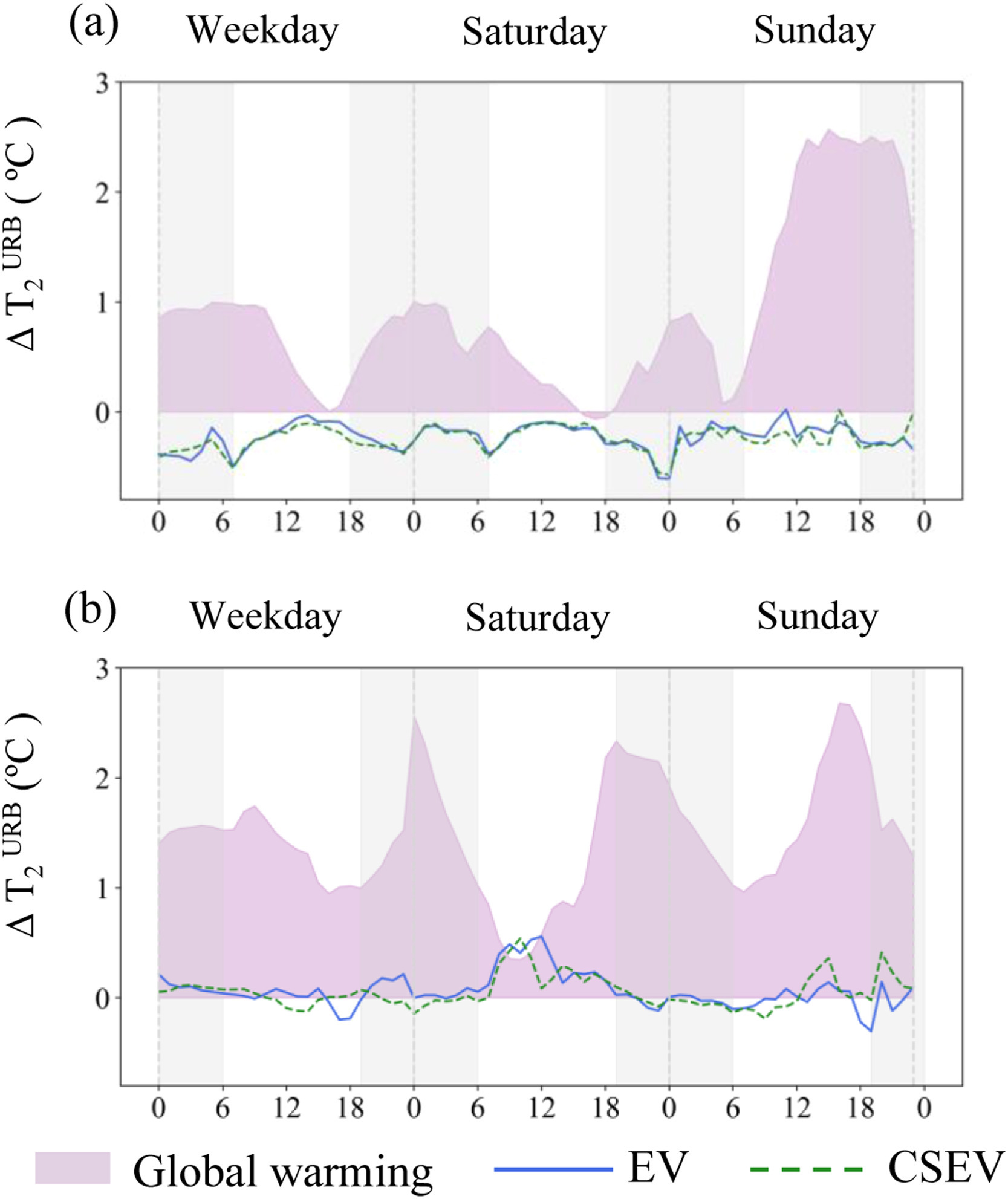Our group’s research focuses on improving the understanding of the mass, momentum, and energy exchanges in the urban land-atmosphere interaction, especially inside the urban canopy layer (UCL). In today’s world with an unprecedented rate of urbanization, this is becoming increasingly important for tackling environmental challenges arising from cities: how do cities interact with regional/global systems as “hotspots” of technology innovation and policymaking, and what are their impacts in large?
Advanced Urban Climate Modeling
Accurately modeling the physical urban land surface processes and land-atmosphere interactions is of critical importance. Our group has developed novel parameterization schemes for a variety of urban processes and incorporated them into the urban canopy model coupled with the Weather Research and Forecasting model, including hydrological processes, building energy simulation, and building-integrated photovoltaic (BIPV) systems. We are continuously implementing important features of the complex urban environment into climate models to improve their predictability and reliability.
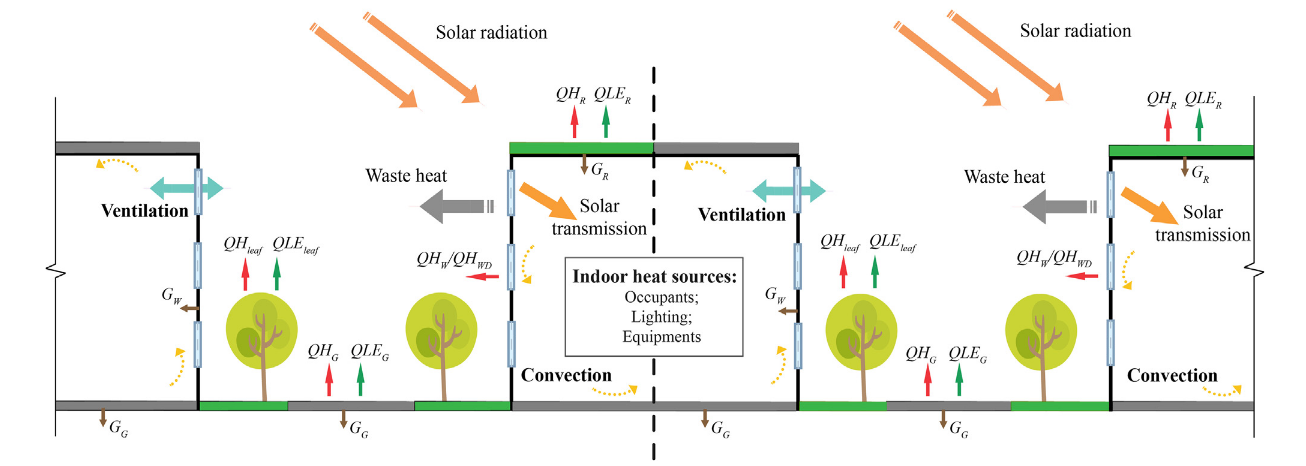
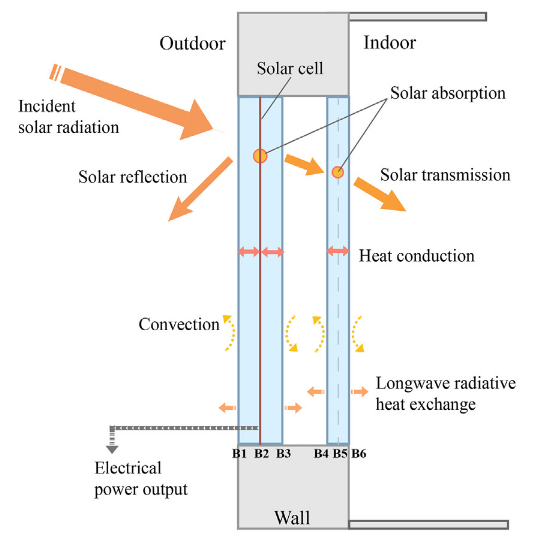
Representative Outputs
- Chen, L., Yang, J.*, & Zheng, X. (2024). Modelling the impact of building energy consumption on urban thermal environment: The bias of the inventory approach. Urban Climate, 53, 101802.
- Chen, L., Yang, J.*, & Li, P. (2022). Modelling the effect of BIPV window in the built environment: Uncertainty and sensitivity. Building and Environment, 208, 108605.
- Chen, L., Zheng, X., Yang, J.*, & Yoon, J. H. (2021). Impact of BIPV windows on building energy consumption in street canyons: Model development and validation. Energy and Buildings, 111207.
- Yang, J., Wang, Z. H.*, Chen, F., Miao, S., Tewari, M., Voogt, J. A., Myint, S. (2015) Enhancing hydrological modelling in the coupled Weather Research and Forecasting-Urban modelling system. Boundary-Layer Meteorology, 155, 87-109.
- Yang, J., Wang, Z. H.* (2014). Physical parameterization and sensitivity of urban hydrological models: Application to green roof systems. Building & Environment, 75, 250-263.
